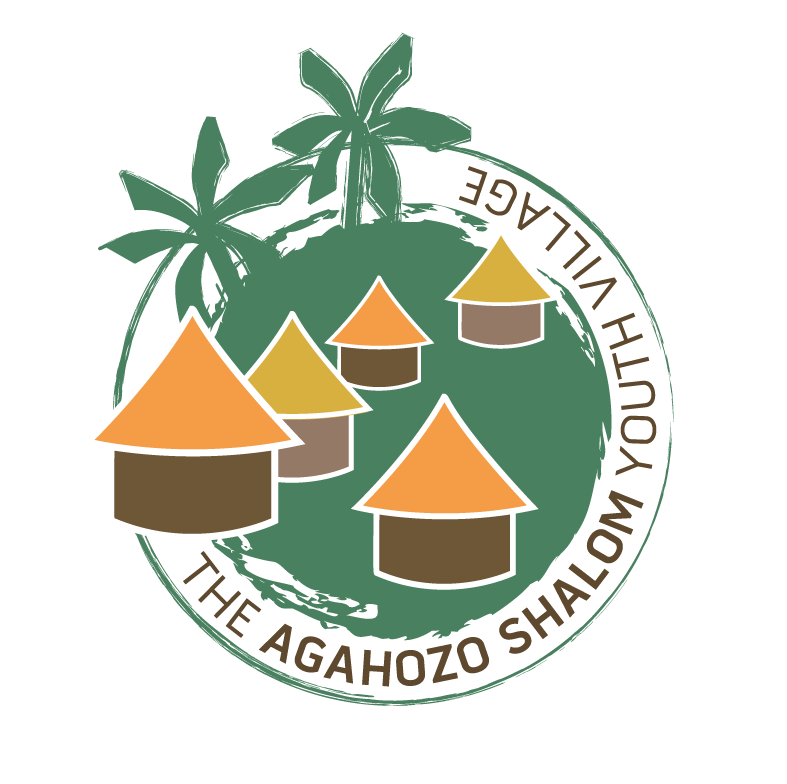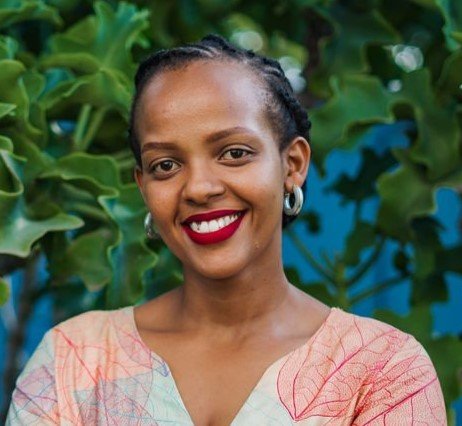Then and Now: The Village at 15
In December 2008, when the Agahozo-Shalom Youth Village (ASYV) first opened our gates, our staff Mamas greeted our inaugural class of 125 kids with hugs on a red dirt field surrounded by buildings still under construction. Fifteen years later, that field is filled with lush trees, and the Village has changed in many other ways, too. We’ve added new programs to support our kids’ well-being and to better prepare them to find fulfilling paths forward after they graduate. We’ve built new facilities from a science center to a music studio to state-of-the-art basketball courts. But from 2008 to 2023, the heart of our kids’ ASYV journey—our family dedicated to healing, education, and love—has stood steadfast. This month, at the outset of the new school year marking our 15th anniversary, we asked graduates from our first class, the class of 2012, and our most recent one, the class of 2023, to tell us about that journey.
“My class, we were survivors who were children to the genocide. Most of us had never had the opportunity to heal, to understand what being supported feels like and how it can change your life. Having that experience in the Village gave us a sense that we should support our community. And many of us have accomplished a lot. I work with genocide survivors because I believe if people who are suffering get support, their lives can also change.” – Liliane Pari Umuhoza, Class of 2012
“When I first came to ASYV, I lacked a clear vision for my future, and I was unsure of how I would succeed. However, being part of ASYV has transformed me. The most important lesson I learned here is kindness. It doesn't matter where you come from or what you have, kindness, discipline, and determination can help you achieve any goal you set for yourself. As for me, I will be attending University of Rochester this fall in New York, United States." – Emmanuel Ahishakiye, Class of 2023
“I was once a girl who if asked to say her name in class, would leave the room. I am incredibly grateful to ASYV for helping me transform—for providing me with skills and believing in me. My goal is to continue my education and pursue a career as an air traffic controller. I've read about aviation accidents caused by miscommunications. As Rwanda works to develop its industries, I want to contribute by ensuring safe and efficient air traffic control.” – Diane Tuyizere, Class of 2023
“Before ASYV, I'd never used a computer or visited an art center or library. ASYV became the catalyst for change in my life. After obtaining my undergraduate degree, I returned to the Village to work in IT and teach kids through the Carnegie Mellon University (CMU) Computer Science Academy. Motivated by this, I earned my master's at CMU-Africa. Today, as a data scientist, I'm part of a mission to bring essential infrastructure to remote areas. I aim to give back and inspire.” – Egide Kamuzinzi, Class of 2012
What 15 Years of Experience Has Made Possible
Educators discuss how our Educational Resilience Program is impacting schools across Rwanda.
“My teaching before coming [to the Village] is going to be completely different than my teaching after leaving this place,” says Placide Isingizwe in the above video. Placide is just one of the 500 teachers from 171 schools across Rwanda who have completed our national teacher training initiative, the Educational Resilience Program (ERP). Launched in 2021, the ERP is a partnership with the Mastercard Foundation, the Rwandan Ministry of Education, and the Gashora Girls Academy of Science and Technology.
The program offers teachers transformative lessons in student-centered learning, digital education technologies, and life skills topics, such as mental health and sexual and reproductive health. “I was not aware that mental health is something important that I have to know about. I was not aware about depression,” says ERP graduate Joselyne Mutoniwase of how the training will empower her to better understand and connect with her students.
By the end of this school year, the 171 schools reached through the ERP will have helped 75,000 young people engage more deeply in their education—an impact we could only have dreamed of in 2008. And this is just the beginning. Currently, we are collaborating with graduate students at CMU-Africa to build a digital platform able to share ERP lessons and facilitate discussions with up to 60,000 teachers.
We are also working with our partners to expand and deepen the program’s impact. As Diane Sengati, Head of Information and Communication Technology In Education for the Rwandan Education Board says, “I can assure that this is not the end. We will think about different strategies for sustainability and scalability.” And we will continue to work to transform the future of Rwanda’s youth through healing, education, and love.





